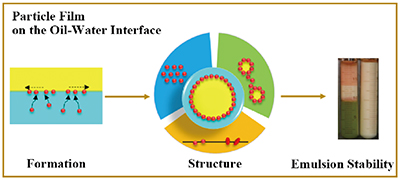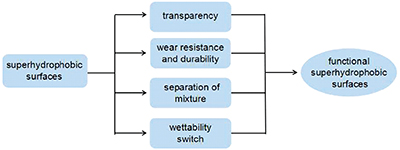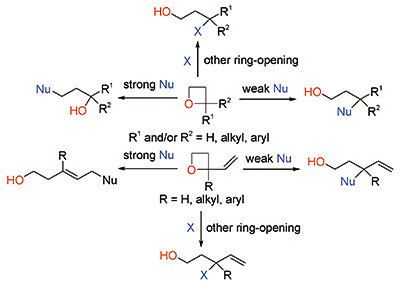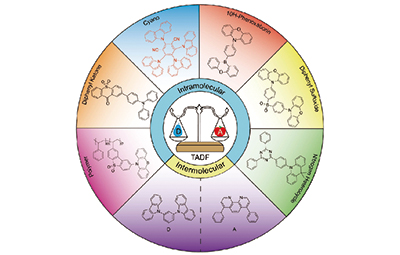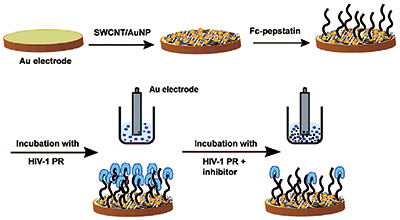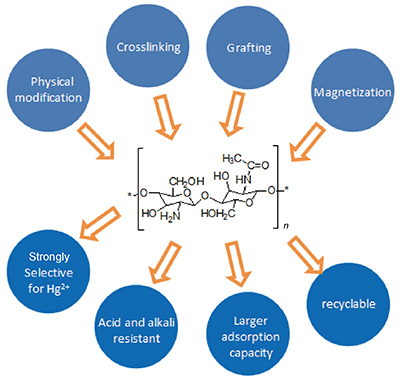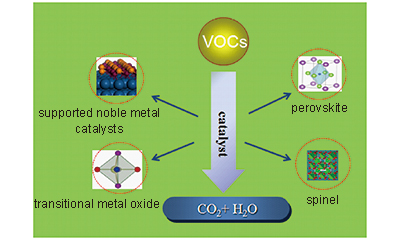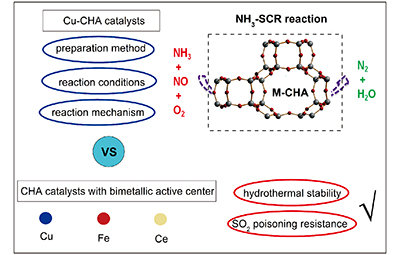The purification of NO
x from diesel engine exhaust is an important topic in the field of air pollution control, which is significant for the improvement of current unban air quality. The selective catalytic reduction of NO
x with NH
3 (NH
3-SCR) is one of the most promising technologies for the control of NO
x emission from diesel engine exhaust. In recent years, Cu-CHA catalysts, which are obtained from loading transition metal Cu on zeolites with chabazite (CHA) structure, have attracted much attention in the field of NH
3-SCR reaction, due to their excellent NH
3-SCR activity and hydrothermal stability. Cu-SSZ-13 and Cu-SAPO-34 are the two typical Cu-CHA catalysts. In this review, the progress of NO
x control in the field of diesel engine exhaust with Cu-CHA catalysts is stated from three aspects firstly, including the influences of preparation method, the effects of reaction condition and the NH
3-SCR reaction mechanism. Then, the application of M-CHA catalysts in NH
3-SCR reaction are elaborated, where M is limited as some other transition metal and rare earth metal. Meanwhile, the advantages of bimetallic-based CHA zeolites in NH
3-SCR reaction are identified. Based on these results, the possible improvement orientations for NH
3-SCR catalysts with CHA zeolites structure are also prospected.
Contents
1 Introduction
2 Application of Cu-CHA catalysts in NH3-SCR
2.1 Cu-SSZ-13 used for NOx purification
2.2 Cu-SAPO-34 used for NOx purification
3 Application of Fe-CHA catalysts in NH3-SCR
4 Application of bimetallic active center catalysts with CHA structure in NH3-SCR
5 Conclusion and outlook











